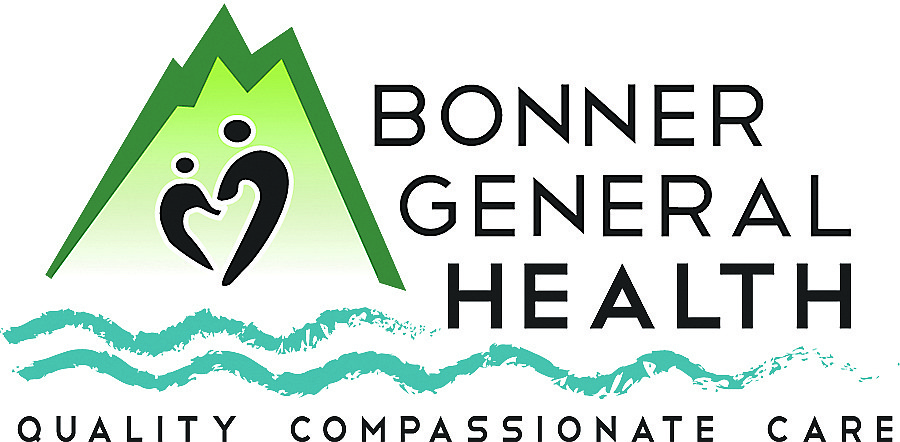What it really means to be 'on the spectrum'
People seem to use the term “on the spectrum” fairly loosely which led me to my favorite research sources. Now after reading about the signs of autism spectrum disorder (ASD) I’ve concluded that at one time or another we might all be described as “on the spectrum.” But most of us aren’t.
ASD is a developmental disorder with symptoms that start to appear in a child sometime between birth and three years of age. The Autism Research Institute says that parents may think that the child is going through a phase and will “grow out of it.” But when the behaviors continue, they may begin to think otherwise.
“Most children with autism look like other kids but they act and interact in ways that feel different from the behaviors of other children,” ARI’s website says. “When interacting with others, they may respond in unexpected ways, or they may not interact at all.”
They say that the definition of “spectrum disorder” means that it appears in a range of forms and levels of severity. “Some individuals develop typical capabilities in terms of speech and language – and develop exceptional skills – but struggle with lifelong social and behavioral issues, such as excessive tantrums, repetitive behaviors, aggression, and self-harm.”
The Centers for Disease Control and Prevention estimates that one in 36 children in the U.S. are affected by ASD. The consensus for years was that it was more prevalent in boys than girls, to the tune of four boys to every girl, but current research is questioning that assessment.
Keeping in mind that every case is different, ARI lists the common early signs to include “delayed speech or difficulty communicating; poor eye contact; little or no imaginative play; no joint attention – not looking in the same direction as others; showing limited interest in other people; and highly emotional responses to changes in routine.”
If your child shows any of these signs, you should not wait for the phase to pass but contact your pediatrician for an assessment. “Early intervention can make a big difference for children with autism and screening during the first three years of life is increasingly becoming the standard of care,” ARI says.
To be honest, every website I read talked about different causes of ASD although they all agreed that it is likely a combination of genetics and environment. None, however, indicated that vaccines were likely the cause, they actually disputed that notion stating that the most likely reason for the association occurred because children are often diagnosed with ASD about the time they receive their first shots.
AutismSpeaks.org’s website says, “Research tells us that autism tends to run in families, and a meta-analysis of seven twin studies claim that 60 to 90 percent of the risk of autism comes from your genome. If you have a child with autism, you are more likely to have another autistic child. Your other family members are also more likely to have a child with ASD.”
Pointing out that risk is different than cause, children may have a greater risk if there are complications during birth; they are born to older parents; they are born to a mother with diabetes, obesity or immune system disorders; born extremely prematurely or have a low birth weight, or prenatal exposure to air pollution or other pesticides.
As for treatment, the CDC says, “Current treatments for ASD seek to reduce symptoms that interfere with daily functioning and quality of life. ASD affects each person differently, meaning that people with ASD have unique strengths and challenges and different treatment needs. Treatment plans usually involve multiple professionals and are catered to the individual.”
The Eunice Kennedy Shriver National Institute of Child Health and Human Development’s website says, “There are many ways to help minimize the symptoms and maximize abilities. People who have ASD have the best chance of using all of their abilities and skills if they receive appropriate therapies and interventions.”
They say that research supports the premise that “early diagnosis and interventions, such as during preschool or before, are more likely to have major positive effects on symptoms and later skills.”
Kathy Hubbard is a member of Bonner General Health Foundation Advisory Council. She can be reached at kathyleehubbard@yahoo.com.

